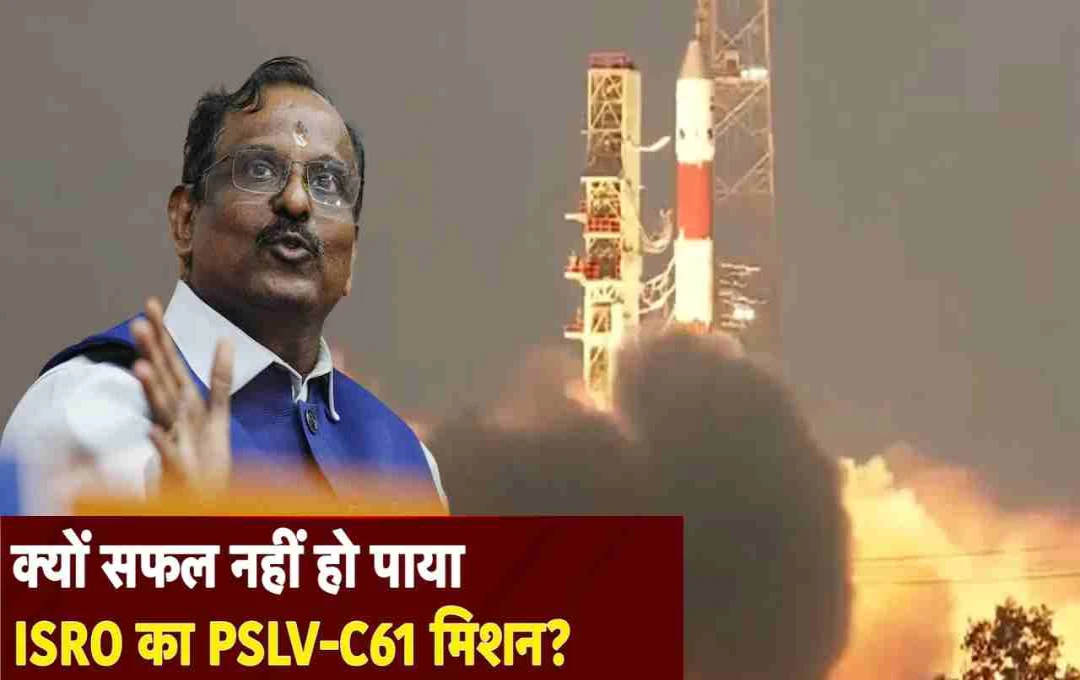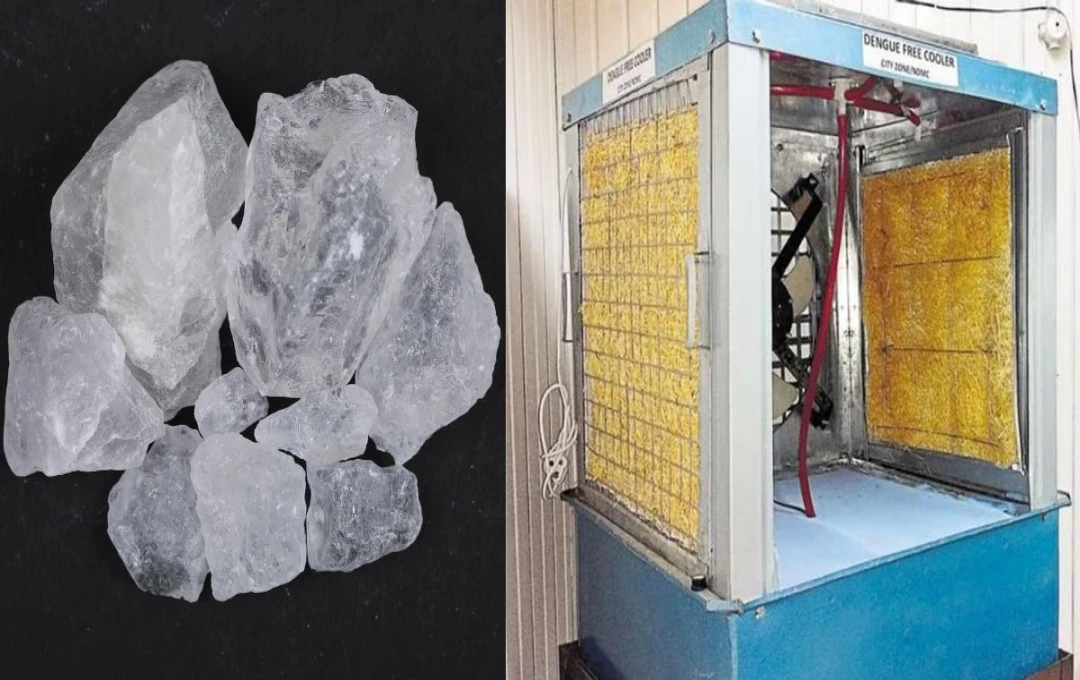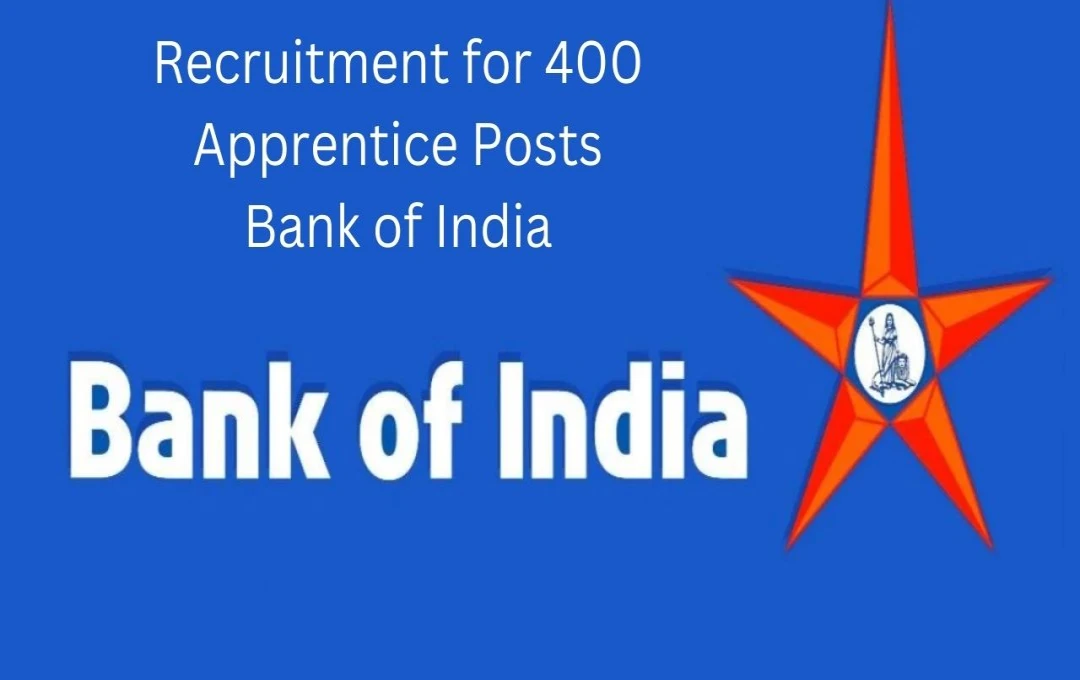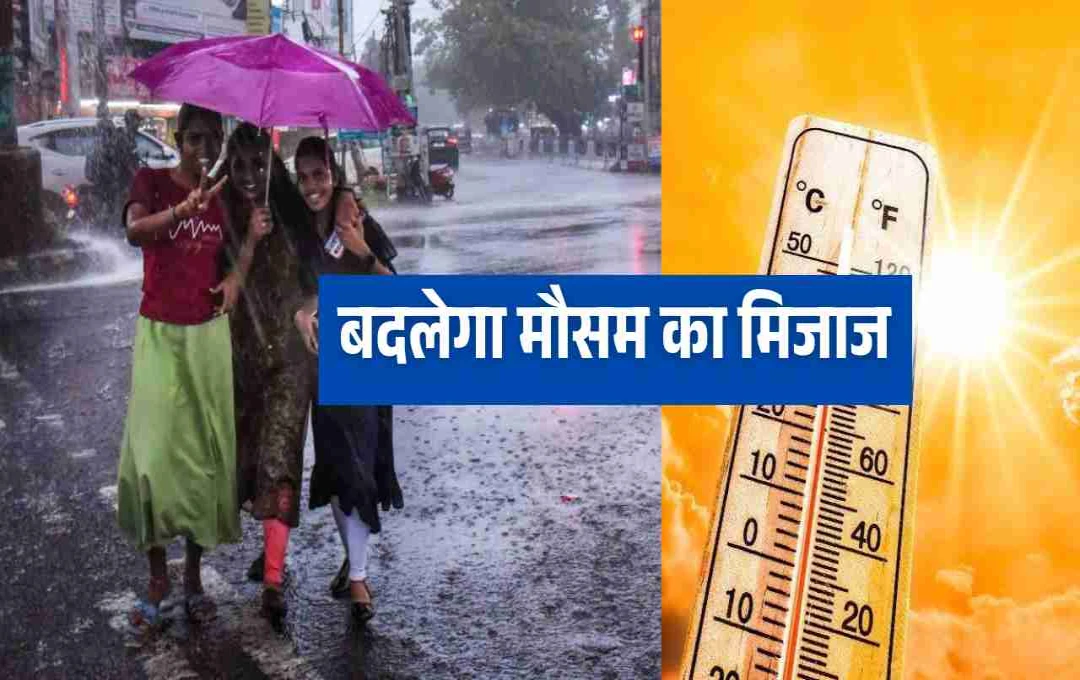PSLV (Polar Satellite Launch Vehicle) is India's third-generation multi-purpose launch vehicle, developed by ISRO (Indian Space Research Organisation).
ISRO PSLV-C61 Mission: India's reliable workhorse, the PSLV (Polar Satellite Launch Vehicle), known for its decades of reliability and success, fell short of expectations in the PSLV-C61 mission. Launched by ISRO on May 18, 2025, this mission, crucial for national security, agricultural monitoring, and disaster management, failed to achieve its objective. This failure is viewed not merely as a technical setback but also as a cautionary tale for India's space strategy.
PSLV-C61: What was the mission's objective?
Through PSLV-C61, ISRO aimed to deploy EOS-09, a state-of-the-art Earth observation satellite (similar to RISAT-1B), into a Sun Synchronous Polar Orbit. This satellite was equipped with a C-band Synthetic Aperture Radar (SAR), capable of capturing high-quality images of the Earth's surface, even through clouds, dust, and darkness.
This technology is primarily used for agricultural monitoring, forest protection, assessment of disasters like floods and droughts, and national security surveillance. The successful launch of EOS-09 would have provided India with 24x7 monitoring and high-resolution imaging capabilities, strengthening the nation's strategic preparedness and remote sensing infrastructure.

PSLV's historical reliability
PSLV, India's third-generation launch vehicle, has consistently demonstrated success since 1994. In its 30-year operational lifespan, PSLV has successfully completed over 100 missions. This marks only the third instance of PSLV failure, the previous ones being PSLV-D1 in 1997 and PSLV-C39 in 2017. Therefore, the PSLV-C61 failure is considered a rare but significant setback.
Why did the mission fail? Where did the technical glitch occur?
The mission's first and second stages functioned nominally. However, upon reaching the third stage, a drop in chamber pressure was recorded. This stage operates on HTPB-based solid fuel (Hydroxyl-Terminated Polybutadiene), and the pressure drop prevented the rocket from generating the required thrust. This resulted in the satellite not reaching its target orbit.
ISRO has identified three potential causes in its preliminary investigation:
- Insulation malfunction – possibly hindering the fuel burning process.
- Nozzle defect – leading to improper thrust direction.
- Uneven fuel combustion – causing imbalance in the chamber.
ISRO has constituted a Failure Analysis Committee (FAC) to conduct a thorough scientific and technical investigation of the incident. Measures to ensure the safety of future launches will be implemented based on the report.
Impact on national security and strategic importance

The EOS-09 launch was not merely a scientific endeavor; it was a step towards adding a new dimension to India's strategic remote sensing capabilities. It was intended to aid in:
- Monitoring security operations in border regions,
- Identifying infiltration or terrorist activities,
- Providing early warnings for natural disasters,
- And generating land-use data for agricultural planning.
The failed launch of this satellite may not only delay these operations but could also necessitate India's reliance on foreign satellite data for its surveillance needs for a period of time.
ISRO's next challenge
ISRO's reputation, both in India and globally, is that of a precise and cost-effective space agency. The PSLV-C61 failure has undoubtedly delivered a temporary blow, but ISRO's strength has always been its ability to learn and improve. It is therefore expected that ISRO will relaunch EOS-09 in the coming months, emerging ber by addressing its technical shortcomings.














